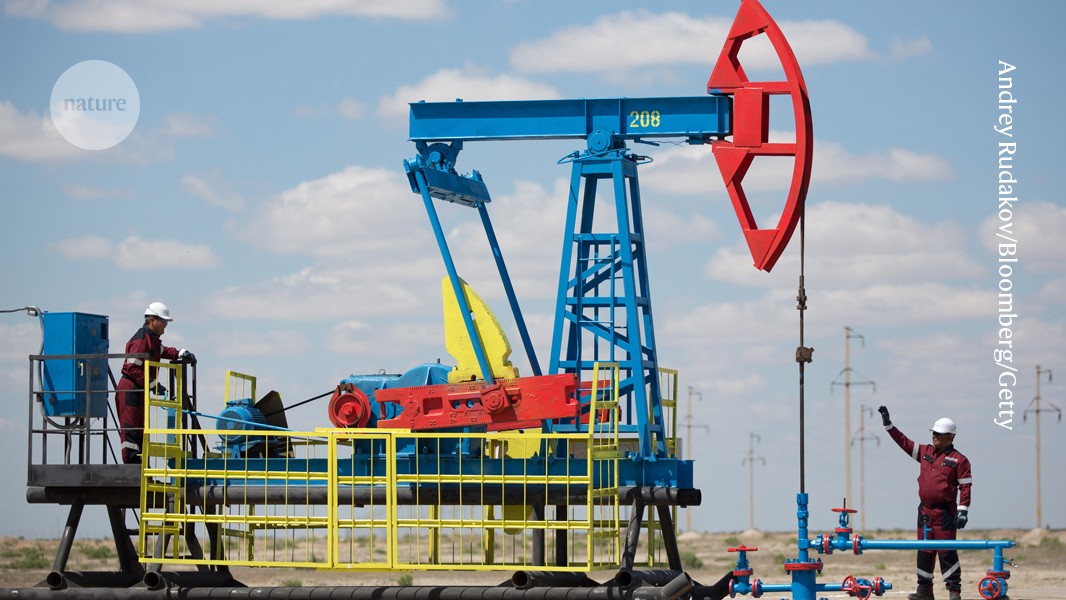Blowout! Satellites reveal one of the largest methane leaks on record
In recent news, satellites have detected one of the largest methane leaks on record, originating from a blowout at a natural gas facility. The leak, which was discovered by a team of scientists using advanced satellite technology, poses a significant threat to the environment and public health.
The Impact of Methane Leaks
Methane is a potent greenhouse gas that is significantly more effective at trapping heat in the atmosphere than carbon dioxide. When released into the atmosphere, methane contributes to climate change and global warming, making it a critical issue for environmental conservation efforts.
Satellite Detection
Satellites equipped with methane-detecting sensors have revolutionized the way scientists monitor methane emissions. These satellites are able to detect even small leaks from natural gas facilities, providing valuable data that can help identify and mitigate methane leaks before they escalate into larger environmental disasters.
The Blowout Incident
The recent blowout incident resulted in a massive release of methane into the atmosphere, with satellite data indicating that this leak is one of the largest recorded methane emissions in recent history. The scale of this leak highlights the need for improved monitoring and regulation of methane emissions from natural gas facilities.
Conclusion
The discovery of one of the largest methane leaks on record serves as a stark reminder of the urgent need to address methane emissions from natural gas facilities. As the climate crisis worsens, monitoring and reducing methane leaks must be a top priority for governments and industries around the world. The use of satellite technology to detect and track methane emissions is a crucial tool in the fight against climate change, enabling more effective management of methane leaks and reducing their impact on the environment and public health.
FAQs
Q: What are the main sources of methane emissions?
A: The main sources of methane emissions include natural gas production and distribution, agriculture (especially livestock farming), landfills, and wastewater treatment plants.
Q: How does methane contribute to climate change?
A: Methane is a potent greenhouse gas that traps heat in the atmosphere, contributing to global warming and climate change. It is estimated to be 84 times more effective at trapping heat than carbon dioxide over a 20-year period.
Q: What can be done to reduce methane emissions?
A: To reduce methane emissions, measures such as improved leak detection and repair, stricter regulations on methane emissions from industries, and transitioning to renewable energy sources are crucial. Additionally, promoting sustainable agricultural practices and waste management can help reduce methane emissions from these sources.




